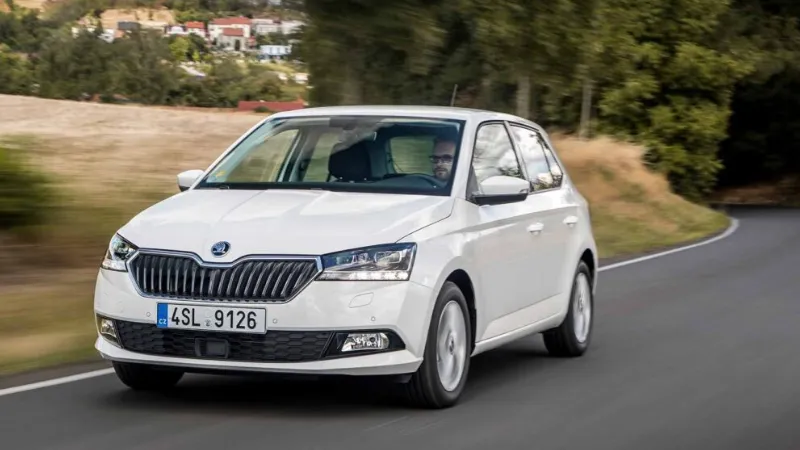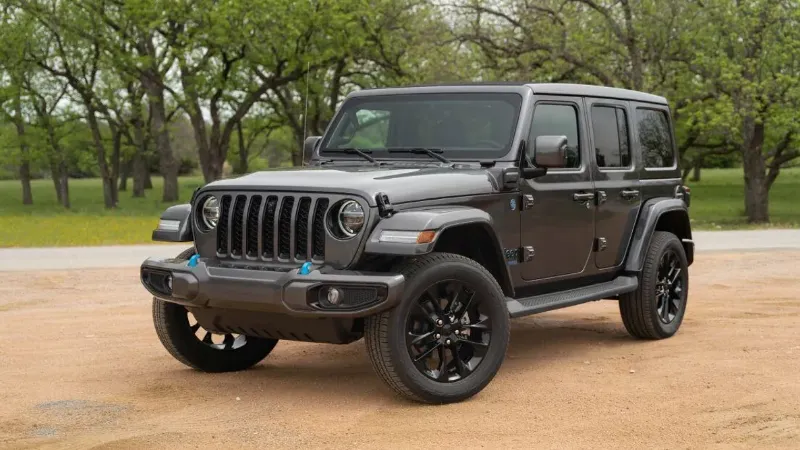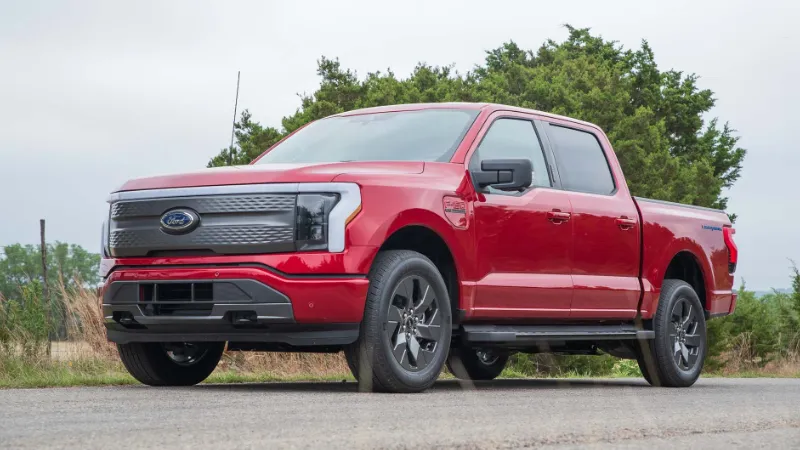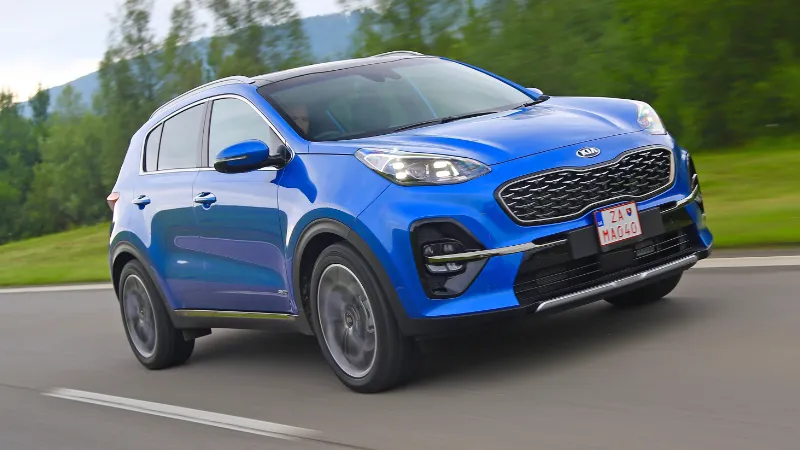When it’s time to buy a car, you’ll probably want to know: “How Much Should I Spend on a Car?” Below will show you how to calculate how much you can afford to spend on a car, and what’s better for your budget.
A brand-new car cost an average of $48,094 versus a used car, which cost $33,341. Read on to find more detailed information.
How Much Should I Spend on a Car?
The largest purchase you’ll make in your lifetime, next to a home, is probably a car. And you’ll probably need to spend a pretty penny on a new vehicle if you want a high-quality one that won’t malfunction. A brand-new car cost an average of $48,094 versus a used car, which cost $33,341.
Of course, you’re paying for more than just the car itself when you purchase one. You may be required to pay sales tax in addition to the fee for completing a car sales contract, which is referred to as a documentation fee. Additionally, there are state-specific license and registration fees. For instance, the annual registration fee in Georgia is $20 as opposed to the $101 that drivers must pay in Illinois.
When taxes and fees are factored in, the amount you pay in cash for a car can increase by 10% or more. Additionally, if you require a car loan, you might be required to put down 10% for a used car and 20% for a brand-new car. If you choose to include the sales tax and fees in the loan, you will eventually pay even more money because interest will accumulate.
Once the car is in your possession, you’ll need to pay for insurance, car payments, parking fines, gas, and any additional expenses. According to a 2022 AAA study, the average annual cost of a standard sedan for Americans was $10,728. Even though owning a car might be convenient, it will be a significant financial commitment.
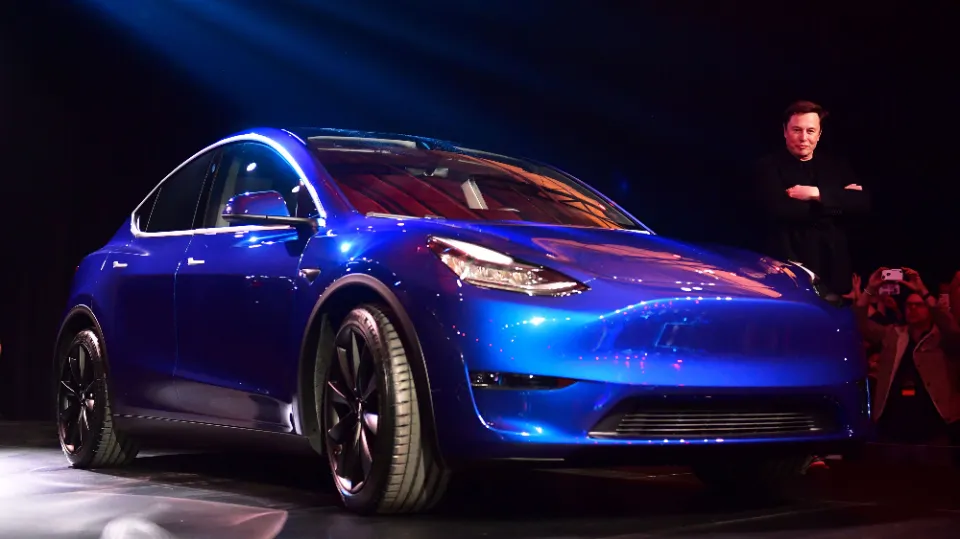
How to Calculate How Much You Can Afford to Spend on a Car?
Remember that the purchase price is only one aspect of your expenses when determining how much you ought to spend on a car.
To make sure you can comfortably afford the car you want, make sure you account for the following:
Income
Your take-home pay should be calculated. You earn this amount after taxes. In general, experts advise allocating 10%–15% of your income to transportation, including fuel, insurance, and car payments. If your monthly take-home pay is $4,000, for instance, you should budget $400 to $600 for transportation.
That range is only intended as a guide, to be clear. You may not need to create a budget if your income and expenses are low. For instance, you’ll have less money to spend on a car if you reside in a region with high housing costs.
Taxes and Fees
The purchase price of a car is only a portion of your overall outlay. You’ll also pay fees—and, in most states, taxes—including:
- Sales tax: In the event that your state levies sales tax, you will be responsible for paying it on the purchase price less any discounts and trade-in allowances. Only a few states exempt the sale of automobiles from taxes.
- Registration fee: Your car must be registered. A $30 to $50 registration fee is possible.
- Tag and title fee: You’ll be responsible for paying for your vehicle’s title and license plates.
- Documentation fee or dealer fee: Documentation or dealer fees are common in some states. These fees are in addition to the other costs and change depending on the location.
Consider an example to show how those costs can increase your overall cost. If you bought a $30,000 car in Florida, then you also would pay the following:
- Sales tax: $1,800 (6% sales tax)
- Initial registration fee: $225
- New title fee: $77.25
- Original license plate fee: $28
- Dealer fee:$399 (varies by location)
- TOTAL:$2,529.25
Car Insurance Premiums
Nearly all states require drivers to have liability insurance. However, most drivers also choose collision and comprehensive insurance for added security.
The average American, claims the Zebra car insurance policy costs $1,483 per year, or about $124 per month, in 2021. Your premiums vary depending on the kind of vehicle you drive, your age, your driving record, where you live, the coverage options you choose, and the anticipated number of miles you drive each year.
Remember that your insurance costs are influenced by the type of vehicle you drive. There are some exceptions to the general rule that newer, more expensive cars are more expensive to insure.
Maintenance Fees
All cars require maintenance, even if you’re not considering repairs for a brand-new car. A tune-up or new tires may be necessary for an older vehicle.
The average cost of maintenance is nine cents per mile. A yearly maintenance budget of $1,080 is reasonable if you drive 12,000 miles.
Existing Debt
Your payments may take up a significant portion of your income if you have debt, such as credit card balances, medical bills, or student loans. Debt will reduce the budget for a car purchase.
Financing
It’s possible for you to borrow money to pay for your purchase. According to Experian data from 2020, more than 85% of new cars and 36% of used cars are bought with car loans.
Lenders examine both your application and your credit report when you apply for a loan. The interest rate will be decided once your loan has been approved. Your repayment amount is partially determined by this rate, which is based on your credit score.
Your interest rate affects both your monthly payments and total repayment costs—a lower rate means you will spend less over the life of the loan.
As of Nov. 2021, for a 48 month consumer loan from commercial banks, the average interest rate on a car loan was 4.58%, but borrowers with poor or deep subprime credit could pay as much as 13%.
Fuel
Gas is a further expense to factor into your budget if you commute to work or school. The average person spent $2,094 annually, or roughly $175 per month, on gas in 2019, according to a report from the Bureau of Labor Statistics. However, your actual cost might be considerably higher if you commute a long distance or like taking road trips. Buy a vehicle with a smaller engine that uses less fuel to increase your budget.

What’s Better for My Budget: Lease, Finance, Or Cash?
Choose whether you’ll lease, finance, or pay cash as one of the steps to figuring out your monthly car payments and your overall spending limit. The monthly payment amounts for each of these three car buying options will vary.
Lease
When you lease a car, you agree with the dealership to pay monthly payments in exchange for the right to use the vehicle for a predetermined time. Typically, lease agreements last between two and four years. In the case of leasing, you can pay a down payment to bring your monthly payments down. However, there is no requirement for a down payment when leasing a vehicle. The monthly payments for leasing a new car will typically be lower than those for financing.
VINN Tip: We advise requesting two lease quotes from the dealership, one with a down payment and the other without. Additionally, keep in mind that you won’t likely receive your down payment back if the car is stolen or totaled.
Finance
When you finance a car, you pay money each month to buy the vehicle. You pay both interest and principal on your car loan each month. The sum will vary based on the cost of the car, your down payment, and the loan’s conditions. The monthly payments for financing a new car are typically greater than those for leasing.
Cash
There are some benefits to buying a car outright, such as no interest or monthly payments. Cash car purchases, however, mean that you are putting a significant sum of money on hold that could be put to other uses or investments. So, it’s not always best to pay cash for a car, especially if you could use that money for savings or investments.
Keep in Mind the Full Costs of Owning a Car
One thing to keep in mind when car shopping is that there are a lot more costs involved than just the price you pay to drive the vehicle off the lot.
Purchasing a used car that needs constant repairs may initially be cheaper. Alternatively, you could shell out a sizeable sum to buy a new car with warranty protections.
Balance out the pros and cons of each as you’re shopping, and remember some of the other costs that will crop up later on, like:
- Maintenance —Consider car washes, tire balancing, filter replacement, and oil changes. (This guide will go over how to wash a car at home and some frequently asked questions about best practices for washing cars in order to assist you in keeping your car clean.)
- Repairs —a malfunctioning engine to a leaky transmission.
- Registration —To use your vehicle on the road, you must register and license it.
- Insurance —The price of insurance may increase based on your driving history, the amount of coverage you desire, and your location.
- Fuel —Which isn’t cheap, as we’ve recently learned all too well.
- Parking —That might involve paying for daily, weekly, or monthly parking at your place of business, or even an annual pass to park on the street in front of your house.

FAQs
What is the 50 30 20 Rule?
The 50/30/20 rule is one of the most widely used percentage-based spending plans. The idea is to divide your income into three categories, spending 50% on needs, 30% on wants, and 20% on savings. To determine if the 50/30/20 budget rule is appropriate for you, learn more about it.
How Much Car Can I Afford Based on Salary Canada?
Your monthly payments should not exceed 10% to 15% of your net income. We advise keeping your monthly payment under 10% to 15% of your net pay (or take-home pay) in order to buy the best car you can afford given your salary.
Why Do People Buy Expensive Cars?
Many people consider luxury cars an investment because they have a high resale value, unlike regular vehicles that depreciate over time. Additionally, driving a luxury car can make you feel satisfied. They are enjoyable to own and to drive. One’s status is further elevated if they have access to something that very few people will ever have.
How Much Savings Should I Have at 30?
Here’s how much cash they say you should have stashed away at every age: Savings by age 30: the equivalent of your annual salary saved; if you earn $55,000 per year, by your 30th birthday you should have $55,000 saved. Three times your income in savings by age 40. Six times your income in savings by age 50.
Summary: How Much Should I Spend on a Car?
A brand-new car cost an average of $48,094 versus a used car, which cost $33,341. Once you know what you want to spend, you can use an online car marketplace to find various models that are ranked according to price. Many of the sites, such as Edmunds, Autotrader and CarGurus, have car-buying apps as well.
Though keep in mind to set the bar low. Set your maximum price on a car lower than the total you believe you can afford when looking for one. Fees and sales tax can easily add up to several thousand dollars more.
If you have any questions, please leave a comment. KV Auto tries to give you the best car industry information. Thank you for reading.


